States of Emergencies will be declared. Emergency preparedness procedures will be put in place. And, families will flee their homes, clogging the roads to the point of standstill and seeking refuge where ever space remains. The sheer size of mass evacuations is incredible. Really... Incredible. Within a few days, all residents pack up their homes and leave. Authorities are able to activate an entire community to action, in a relatively quick way. How does this get done? How do they get thousands of people to leave their homes and live in uncomfortable conditions for damage that may occur to their home? On one hand, it seems straightforward how they get people to evacuate: 1. its mandatory 2. its not safe to stay. On the other hand, there are plenty of examples of mandatory policies to preserve safety that are ignored by many. (Speeding. Seat belts.) People engage in risky behavior, even when they know the risks are high. (Reduce sugar, Quit smoking) So, that begs the question... What exactly makes mandatory evacuation so successful? The answer comes down to an issue of Motivation. Authorities are able to motivate residents (who would much rather stay home!) to leave. They communicate about the storm in such a way to support this motivation. And this motivation translates to action. Massive action. Emergency Preparedness is Readiness. Getting people to change their behavior hard. Whether you are talking about evacuating homes before a storm, changing diet, or implementing something new within an organization - the same story rings true: change is hard. Even in the case of a impending storm, its not easy to get people to change. It's hard to get millions of people to leave their home. This is because it's not enough to have the ability to leave (e.g., enough gas, a place to stay). People must also want to leave. In other words, people must be ready. Authorities begin preparations long before the hurricane arrives. Some preparations involve protecting physical structure - e.g., sand bags around buildings, boarding up windows, securing gas and water. Other preparations involve building motivation. They involve communication strategies that build momentum to leave. They build readiness. The latter preparations can teach us a lot of how to change behavior. If authorities can effectively motivate a million or more people to leave the comfort of their homes because of an impending risk, can the same strategies be used for other behavior change - say, health behavior, policy changes, or implementing something new in the classroom? The answer is "YES!" The answer lies in something called, "Readiness" and it can be used to support motivation for change. Emergency Preparedness is Readiness. 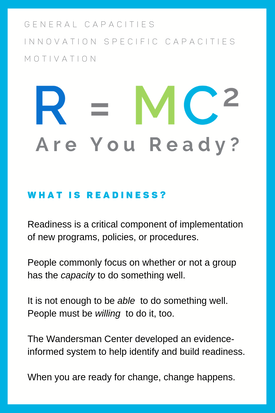 Communicating The Need To Be Ready For the Storm. So, what exactly do authorities do to get mass evacuations to work? Let's examine the communications strategies used from a readiness perspective. (To learn more about readiness, check out our seminal manuscript). When you want to support motivation to do something new - whether its getting people to evacuate, teachers implementing new education policies, hospitals to follow new evidence-based procedures, or any other new behavior you can surmise! - there are specific strategies that support motivation. These strategies come from diverse areas of science (from implementation science to business to health policy change), thereby making them applicable to most areas of work - pretty much anywhere you want to motivate change! The Wandersman Center synthesized these strategies and translated from to make it easier use (contact us to learn more). By conceptualizing evacuation procedures from a readiness perspective, we can understand why it works so well - and then borrow these learnings for our our work! Let's begin... Encourage Simplicity Imagine this... You have to evacuate. But it's up to you to determine which roads to take and where to go. Can you imagine what this would look like? Surely, it would translate to chaos and gridlocks. People would be confused about what to do, where to go, and how to get there. People would be angry... and frustrated... and un-motivated. When things are complicated people have low motivation to do it. How do authorities deal with simplicity? They make it simple to evacuate! 1. Evacuation Zones: All residents are assigned a zone. These zones tell you exactly which route to take when evacuating. No thinking or planning is required by the resident. Just follow your zone. (Heck, they even color-coded zones to make communicating these zones simply!) 2. Simple Action-Oriented Tips: Days before the storm, authorities work with news broadcasters to help send out specific and easy-to-do tips to stay safe during a storm. These are straightforward actions that everyone must take. They are so simple to follow that people are encouraged to respond. Here are a few examples of simple, actionable tips from South Carolina's Emergency Division's Twitter feed: Each tweet gave the exact behaviors that people should do. Easy to understand. Easy to remember. Easy to do. Simple. Increase Capability Motivation to do something increases when its in alignment with people's belief systems, culture, and lifestyle. You have to "meet them where they are at". Years ago, evacuation routes were published in newspaper, the nightly news, and other traditional means of broadcasting. These mechanisms are decreasingly influential in people's lives. People do not gather around the television for the nightly news anymore, and instead use social media for intermittent updates throughout the day. In order for authorities to alert people to pending threats and motivated them to leave, they have to meet people where they are at - which is social media. Nearly a week before the hurricane hits, nearly all news outlets enters a posting frenzy on social media. 24/7 coverage and regular Breaking News!. In order to be heard, they made sure their message was compatible with the ways in which people naturally get information - social media - and spread awareness with regular updates there. Another strategy for increasing compatibility is talking to their concerns. People have concerns that keep them from evacuating. If authorities address these concerns, people are more likely to follow. Check out this tweet from South Carolina Emergency Management Division, for example: People care about their pets. If they do not have a plan for pets, they may not evacuate. The SC EMD deals with this by providing tips on what to do with pets. People are motivated to do things that fit with their values and concerns. Address these concerns and increase motivation. Demonstrate The Relative Advantage In the days before the hurricane, residents begin asking themselves one critical question: "Am I going to leave?" They consider the risks of going and justify reasons to stay, weighing out all the options for themselves. Authorities increased the motivation of many residents to leave by emphasizing specific reasons to leave (versus staying out the storm). Check out this Tweet from HHS.gov: In this case, they address one of the reasons people may stay - the belief that "I need to stay home to protect my stuff". In determining whether to evacuate, residents have to decide, "should I: a) leave and risk damages to property or b) stay and be there to protect it?" HHS demonstrates relative advantage and motivates people to leave by expressing the benefits of leaving and risking damage (over staying to protect). Express Priority There is no doubt about what authorities want us to do when a severe hurricane arrives: Evacuate. We know this because they stress the priority. Perhaps the best way they show prioritization is by making the evacuation mandatory. Days before the storm, governors in affected states declared a mandatory evacuation. They allotted resources to disaster relief and activate resources for preparedness. They show through their behavior that evacuation is important. Yet, making something mandatory is not sufficient for enacting change. Messaging must also express the priority. Indeed, this is what we see for evacuation. The priority of evacuating is a clear and consistent message sent before the hurricane arrives. Repeated (for emphasis!): The message is clear. The message is consistent. What's prioritized gets done. Show Observable Outcomes We all remember Katrina. We learned the hard way the potential devastation that can occur when evacuation orders are not followed. It doesn't take much to remind people. Live coverage of the storm as it approaches is another effective strategy used to show potential outcomes. As residents watch what is happening to the people in the Bahamas (where Dorian struck as a Category 5 storm), motivation to leave increases. Allow Practice When doing something new, giving people time to practice increases their motivation to do it. It increases readiness. In the case of evacuations, there is no trial run. Still, authorities set up scenarios that support motivation through practice. For example: - news broadcasters regularly show step-by-step directions on how to evacuate - evacuation signs remain on roads all year so people know where they would go, even if there is no hurricane pending - high-quality training and activation of first responders and emergency personnel before activation orders go into place. These simple efforts give people a chance to see what to do when its "go time". This familiarity increases the motivation of people to leave when the time comes. While it is likely that EMD did not intentionally use the R=MC2 framework when planning emergency preparedness efforts, when we embed their activities into a readiness framework, we can see why hurricane evacuations are so successful. Across sectors, we can learn a lot about EMD's preparedness approach. We can inspire change by building readiness. We Thank Our Emergency Preparedness Teams.
Before closing, we would like to pause a moment to thank our EMD teams for doing what it takes to keep us safe. In a time when quality implementation of quality efforts is seemingly rare, you set the bar high. Thank you.
0 Comments
Leave a Reply. |
Categories
All
Archives
September 2023
|

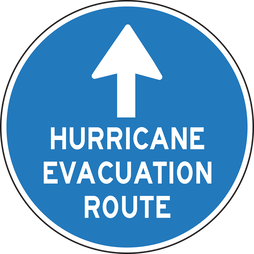
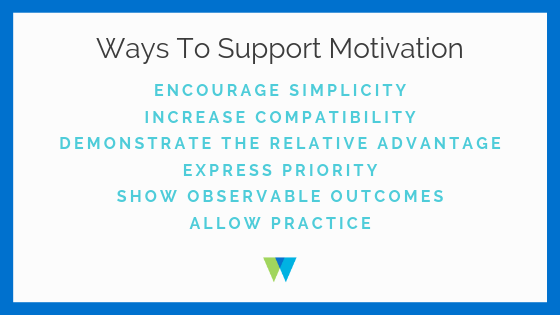
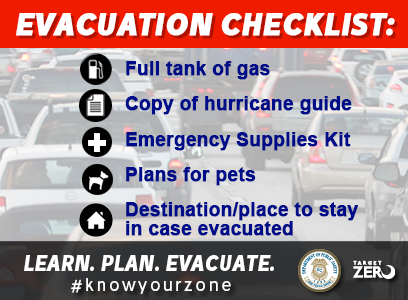
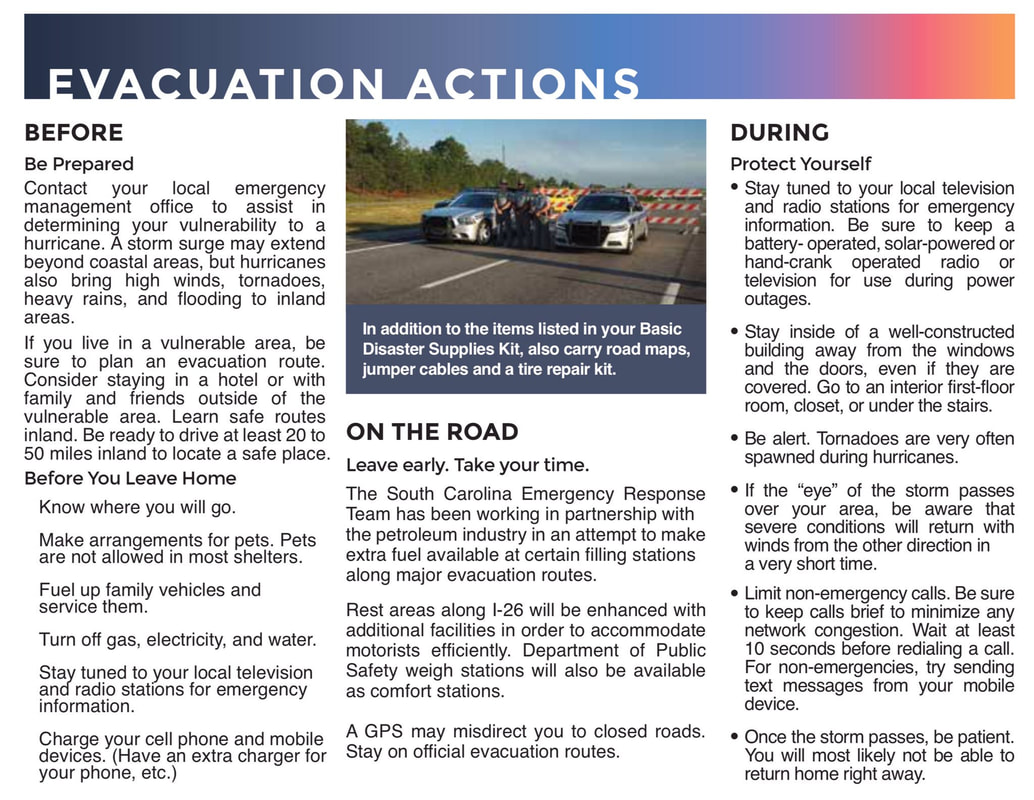
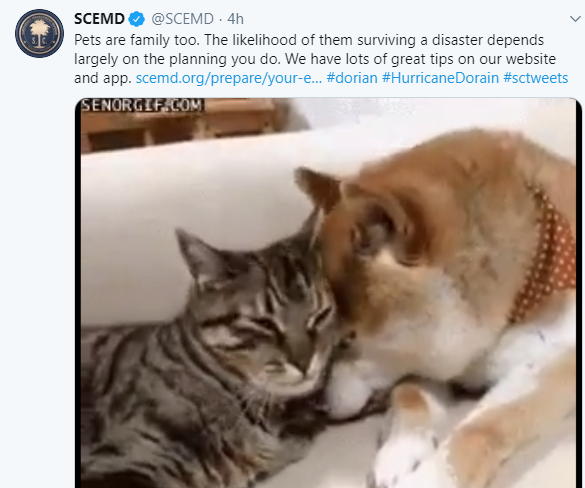
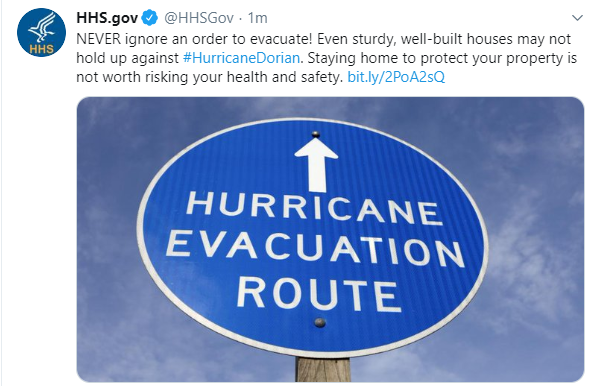
 RSS Feed
RSS Feed
